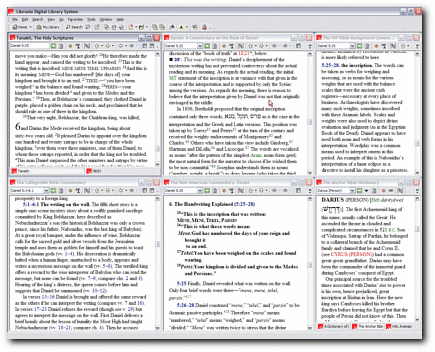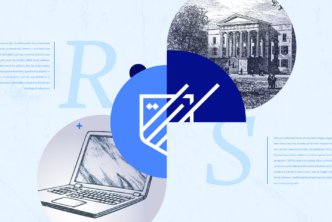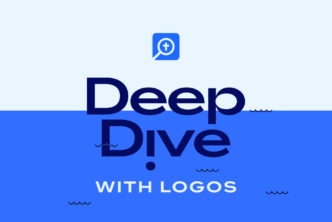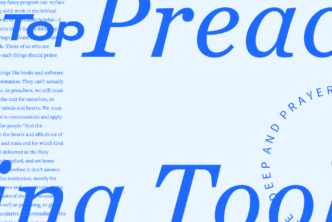One of theSBL sessions in November was entitled “Biblical Studies and Study Bibles” and looked at the issues surrounding study Bibles. You know, the printed Bibles that include study notes next to the biblical text and are often marketed to a particular audience, e.g., men, women, students, skaters, etc.
One of the professors involved in the session—Carol Newsom from the Candler School of Theology—wrote an article about study Bibles for the SBL Forum in advance of the society’s annual conference.
Newsom, who haswritten for and edited study Bibles,believes there’s a place for them:
The biblical text is not self interpreting, and there are all kinds of things that readers need help with. Who or what is “Hepzibah?” or “Mene, mene, tekel, u-parsin”?
But she worries about the trend toward niche marketing and the lack of varying perspectives in a highly targeted study Bible. Her solution?
If I were to envision the “best practices” that might evolve from the phenomenon of diverse study bibles, it would be something that our new internet technologies might make possible-a kind of high tech, inter-religious “miqra’ot gedalot.” I would love to assemble for my students a biblical text surrounded by (at least) four kinds of commentary — mainline protestant, evangelical protestant, Catholic, and Jewish. Or one could construct a similar dialogical volume constructed around North American, Eastern Orthodox, Latin American, African, and Asian Christian perspectives. A Jewish seminary might construct a quite different assemblage of traditional and contemporary Jewish annotations. As one can imagine, the possibilities are truly endless.
I read this and thought to myself, “She’s describing the Libronix DLS!”A few minutes later, I’d slapped together a workspace all set up to study the “Mene, mene, tekel, u-parsin” passage in Daniel 5.
If you click the thumbnail image above, you’ll see a “dialogical studydesk” that I’ve created using only books that are available today. Starting at the top left…the Bible version is Tanakh (it’s the one Newsom has her students use), with the NRSV on a tab as an alternate. Surrounding that are commentaries in the categories Newsom suggests: mainline protestant (Hermeneia), evangelical protestant (New American), and Catholic (Collegeville). Our “JPS Bible and Torah Commentary Collection” is still under development but I’d expect it to be released sometime in 2007.
At the far right side of the screen, I’ve got open a few select referencevolumes:the IVP Bible Background Commentary and Anchor Yale Bible Dictionary, with A Dictionary of Biblical Tradition in English Literature and Hebrew and Aramaic Lexicon of the Old Testament on tabs.
Various other titles could be substituted for the ones I chose here. (See, for example,our commentary guideand list of Bible dictionaries.)
And, of course, a workspace like this includes all the little conveniences you’ve come to expect from Logos Bible Software: resources that scroll together, dynamic linking to instantly and effortlessly look up an unfamiliarword in any language, Bible reference expansion upon hover, automatic footnoting, and so on.
But I think you get the point…
“Professor Newsom, the futureis now!”





